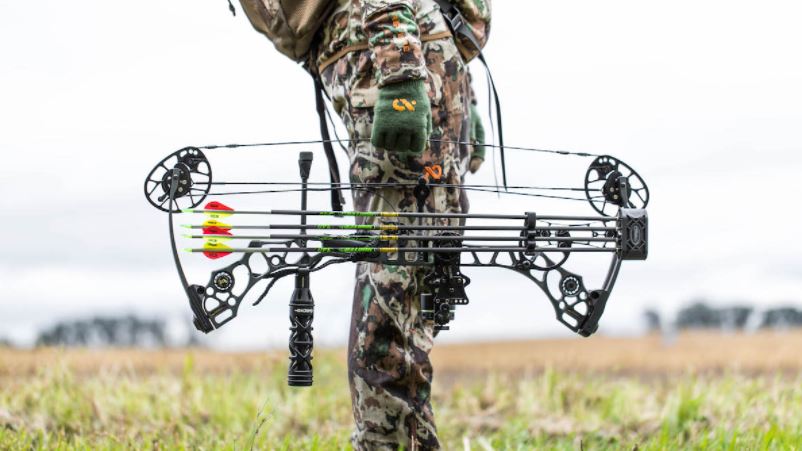Safety should be your first concern when it comes to archery. Keep in mind that a bow and arrow are weapons designed to kill. If you’re an archery novice, you’ve probably heard of rules like never pointing your arrow at another person or never shooting an arrow over a ridge.
However, there is another important rule: You should never dry fire a bow. It might sound unimportant, but this can have detrimental consequences for you and your bow.
PS. Learn what bow scales do in our new article here.
What is Dry Firing?

When you dry fire a bow, it means that you pull the bow’s string hard and release it without an arrow being in place. If you’re new to archery, you might do it on purpose, or a friend unfamiliar with bows might do it for fun, not knowing the implications. But it can also happen by accident, if one of the following occur:
- The arrow is nocked incorrectly
- You’re using an arrow that isn’t fit for the bow
- You’re using an arrow with a damaged or broken nock
- You lose your grip of the arrow before a release
Your bow is a dangerous instrument, so it’s vital to keep it in a safe place, away from friends or children who might want to try it out.
What’s the Worst that Could Happen?
You might be wondering what could happen when dry firing a bow. Physics will help give you an idea of what happens when dry firing a bow.
When you pull back a bowstring with force, the string is filled with potential energy. If an arrow is present, the string’s potential energy converts into kinetic energy, pushing the arrow forward. That means most of the energy is now transferred to the arrow as it flies into the air.
However, if you release the bowstring without an arrow, the energy built up in the string has nowhere to go, and this can cause the string to be transferred throughout the bow’s mechanisms, which can have damaging implications.

Often, the bowstring could break if this happens. It is dangerous because the loose string has the potential to come back and hit you and, in the worst-case scenario, cause wounds. Your bow might also have damage done to the more-delicate mechanisms.
If you think a broken string is the worst that can happen, you are in for a nasty surprise. There have been instances where the whole bow explodes because of dry firing. It might seem exaggerated, but it has been known to happen.
I’ve Accidentally Dry Fired my Bow. What Now?
Accidents happen, and if you dry fire your bow, it is vital to check yourself for injuries. If your body is in shock, you won’t notice your injuries at first instance. Check your hands, arms, and face for scrapes or cuts. Ask a friend to check your eyes for any fragments that could have come from your bow.
The next step is to check your bow. Don’t assume that it is okay and use it again before a thorough inspection. Check closely for cracks or splinters. Some archers will sweep their bows with a cotton ball, which will cling to any splintered areas on the bow.
You want to look at the cams and the pulleys in a compound bow to ensure no damage is done. If you can’t see any issues, you can nock an arrow and pull the string to make sure you don’t hear unusual noises. If you know a more-experienced archer, it is good to have them check your bow, too.
Buying Second-hand Bows
Now that you know the impact of dry firing a bow, it might deter you from buying previously owned bows, as they might have been damaged by dry firing in the past. Here are some things to look out for:

Compound bows
- Look for cracks in the limbs and tiny fragments by using a cotton ball
- Listen for unusual sounds when the bowstring is pulled back
- Make sure there are no splits on the bowstring
- Check the pulleys and make sure that the cams aren’t bent
Crossbows
- Make sure the string has no signs of fraying
- Check the camshaft for bends
- Look out for cracks on the bow

